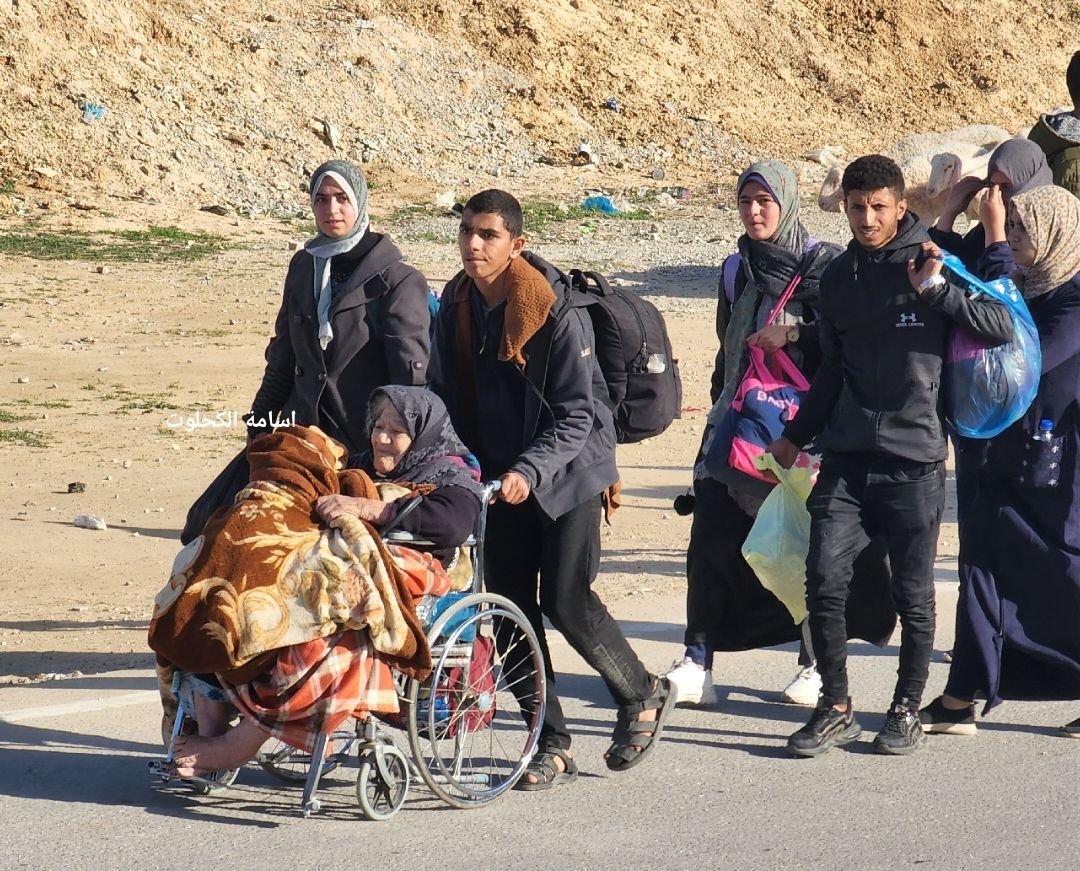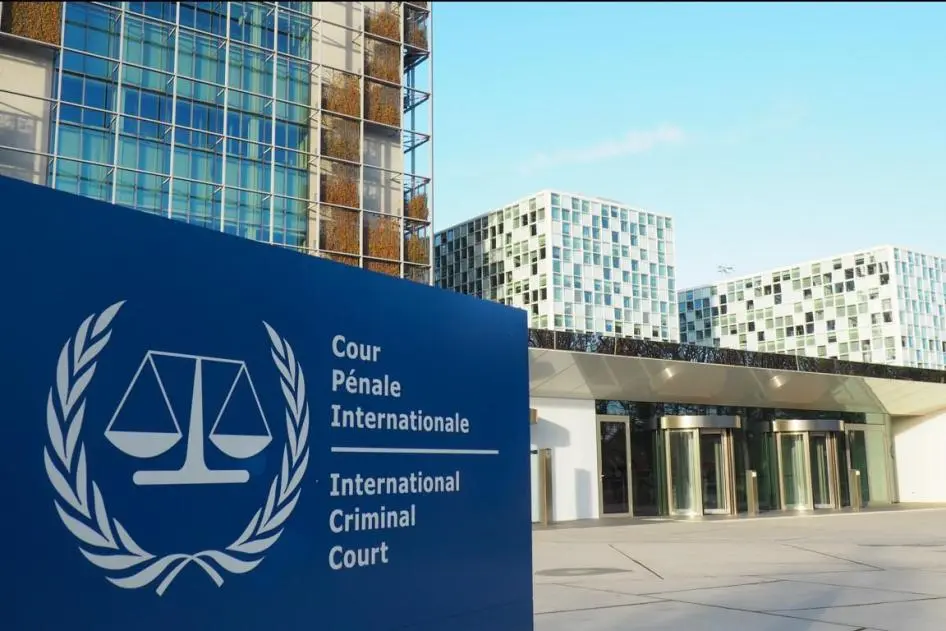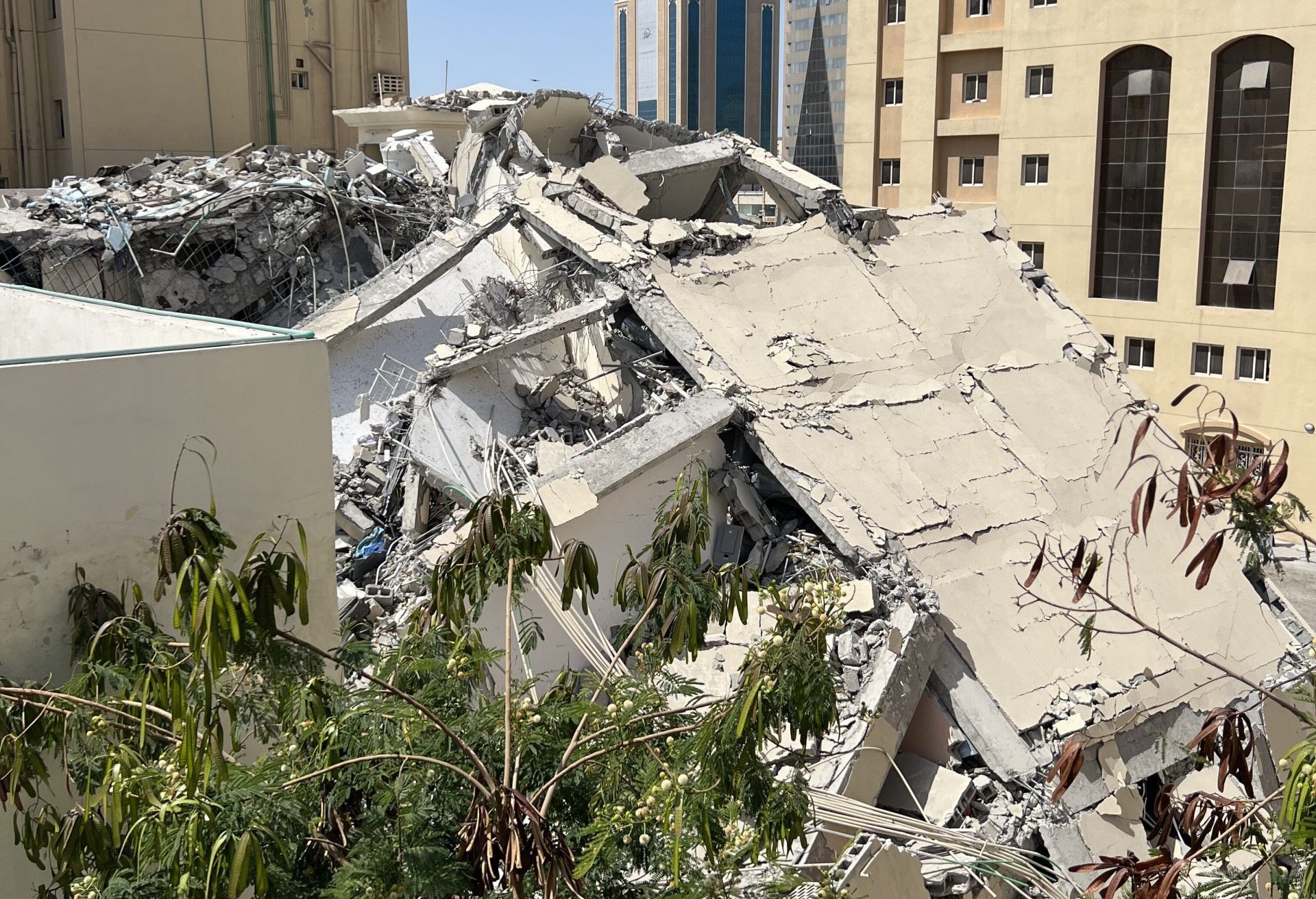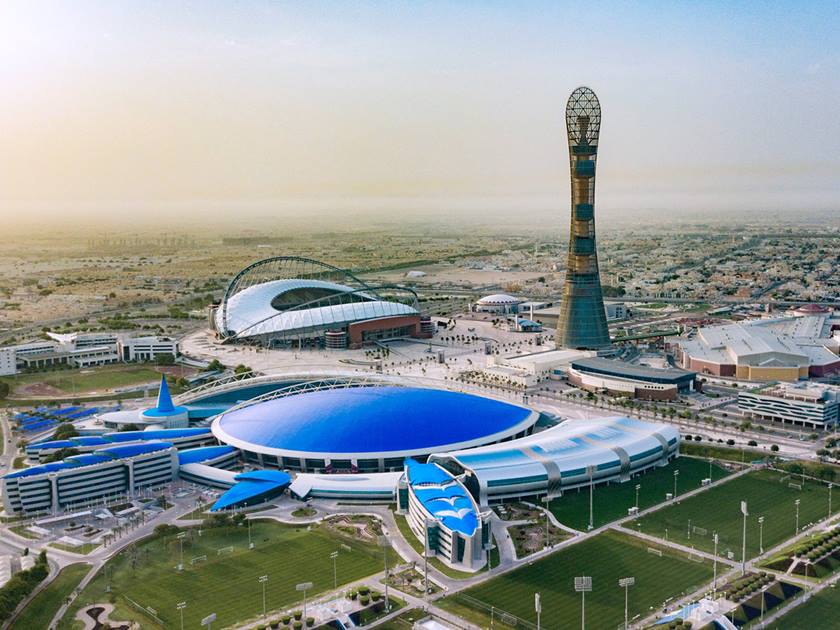Israeli intelligence officials admitted that the figures of Palestinian civilian casualties from Gaza’s health ministry are reliable.
More than 110 days have passed since Israel launched its genocidal war on Gaza which has defaced the coastal enclave while killing more than 25,500 of its population.
Described as one of the deadliest and most destructive wars in modern history by rights groups and historians, it has only persisted without a ceasefire on the horizon.
For nearly four months, Israel’s brutal onslaught in Gaza expanded from the north to the south, displacing more than 1.9 million people of the Strip’s 2.2 million population — all under an imminent risk of famine.
Most of the population has been forced to seek shelter multiple times and live under dire humanitarian conditions that have been exacerbated by the harsh winter season.
This week saw Israeli occupation forces advance further into Khan Younis in the south, where hundreds of thousands of displaced people have been sheltering since late last week as it was presumed to be a safer zone.
The attack on Khan Younis has forced Palestinians to flee to the densely-populated city of Rafah, where around 1.3 million displaced people, 50% of Gaza’s population, are already taking shelter.
Rafah is not a safe area as Israel has repeatedly targeted it since last year.
Israel carried out the most recent attack on Rafah on Wednesday where it killed at least one Palestinian while injuring dozens others, according to Palestine’s news agency (Wafa).
Israeli occupation forces also launched large-scale attacks in Khan Younis near the hospitals in the area, including the Al Aqsa Martyrs, Nasser, and Al Amal. Between January 23-24, Israel killed 210 Palestinians while injuring 386 others, Gaza’s health authorities confirmed.
Israeli forces also besieged the Palestinian Red Crescent’s headquarters in Khan Younis.
The Nasser hospital has been besieged since Wednesday, when Israeli forces blocked people from entering or exiting the facility, according to the United Nations’ latest flash update.
The hospital has 400 dialysis patients and critically wounded Palestinians, with medics forced to dig up the graves of those who have been killed inside the building.
The attacks on the hospitals in the south left Gaza with only 14 partially functioning hospitals out of an initial 36, down from 16 health facilities on Sunday.
The UN described the attacks in Khan Younis on Wednesday as “utterly unacceptable and must stop immediately.”
“People are being killed and injured. As fighting intensifies around hospitals and shelters hosting the displaced, people are trapped inside and lifesaving operations are impeded,” Thomas White, Deputy Humanitarian Coordinator for the Occupied Palestinian Territory, said in a statement.
Israel attacked a UN-run training centre in Khan Younis, where at least 30,000 people have been taking shelter. Palestine’s foreign ministry condemned the attack, describing it as an extension of the systematic targeting of UN-run facilities and staff.
“The situation in Khan Younis underscores a consistent failure to uphold the fundamental principles of international humanitarian law: distinction, proportionality and precautions in carrying out attacks. This is unacceptable and abhorrent and must stop,” White said.
UN facilities, mostly schools, across Gaza have been sheltering displaced Palestinians since the beginning of the brutal onslaught. A total of 90% of Gaza’s schools are being used as shelters for displaced persons.
Some of Gaza’s population have not been able to know about the whereabouts of their friends and families, especially in light of the constant communication blackouts.
Gaza faced seven communications blackouts since October 7, 2023, as services shut down under the non-stop Israeli bombardment, according to the UN. Palestinian telecommunications company, Paltel, announced on Tuesday that services only gradually returned.
Meanwhile, Israel continued isolating northern Gaza from aid while carrying out daily attacks in the area. The Al-Shifa Medical complex in the north, which occupation forces raided on October 12, 2023, is still cut off from aid.
The hospital currently has 120 workers and 300 patients who are isolated from the delivery of aid and urgent medical equipment.
Humanitarian aid entry
The entry of aid into Gaza through the Rafah and Karem Abu Salem crossings remained limited, with around 100 trucks entering every day through both portals. The figure is still significantly less than the pre-war daily average of 500 trucks entering through Rafah alone.
None of the aid trucks contain fuel to power Gaza as Israel has prevented its entry into the Strip.
On Wednesday, Israeli protesters attempted to block the entry of aid trucks through the Karem Abu Salem crossing. Only nine trucks managed to cross over to Gaza as 114 others were forced to enter through Egypt’s Rafah crossing instead, according to the UN’s flash update.
Israel killed at least 20 Palestinians in northern Gaza on Thursday as they waited for humanitarian aid, Al Jazeera Arabic’s Ismail Al-Ghoul reported, describing the situation as “very critical.”
Israel admits to civilian killings
Israel has started losing its control over the narrative of the war in Gaza as domestic pressure on Prime Minister Benjamin Netanyahu to release the remaining captives mounted.
Israeli intelligence officials admitted to the Hebrew Local Call news website on Wednesday that the figures of Palestinian civilian casualties from Gaza’s health ministry are reliable after accusing the authorities of manipulating the numbers.
“Israeli intelligence secretly surveilled officials in Gaza’s Health Ministry to check if their data on the number of civilians killed in Gaza is ‘reliable’, Israeli intelligence sources told us. The army found the numbers are reliable and now regularly uses them internally in intelligence briefings,” reporter Yuval Abraham said on X on Wednesday.
Two sources told Abraham that, “Israeli intelligence has no good independent measure of the total number of civilians the army killed in Gaza.” One source added that the Israeli forces did not know how many people they killed and they “did not care” about who they targeted.
“I immediately moved on to the next target. The focus was on creating as many targets as quickly as possible. That’s why I trust the Health Ministry in Gaza more than the IDF for these statistics. The army just doesn’t have the information,” the source told Abraham.
The report comes after Israeli and U.S. officials downplayed the figures of civilian casualties by Gaza’s health ministry. This prompted the local health ministry to publish a full list of those killed in Gaza in late October — the figure was more than 6,000 at the time.
Western media outlets have also accused Gaza’s health ministry of being “Hamas-run” as it attempted to distort the facts on the ground.
Meanwhile, in Tel Aviv, almost daily protests have been taking place to release the remaining 136 captives from Hamas in Gaza, as Netanyahu continues to reject all calls for a ceasefire.
The public has also called on Netanyahu to resign, citing his failure in handling the war in Gaza.
The Israeli prime minister is also at odds with the war cabinet, which has been widely highlighted by Israeli media in recent weeks.
Israel’s Walla news website had reported on Saturday that military chief Yoav Gallant attempted to storm Netanyahu’s office in what almost led to a physical fight.
The Hebrew report, widely cited by mainstream media including Al Jazeera, said Gallant would sometimes decline calls from Netanyahu’s office “for days.”







